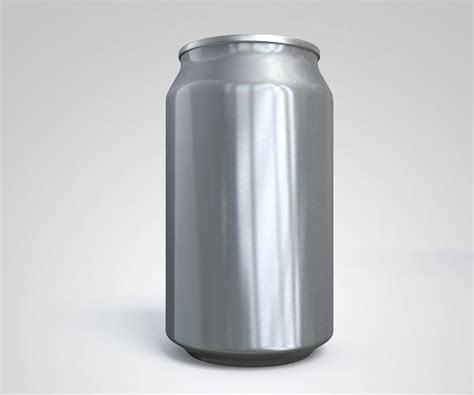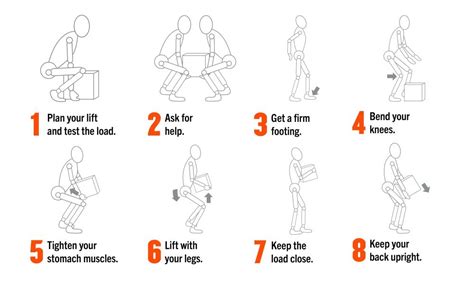How can men optimize strength training to break plateaus for peak performance?

For many men dedicated to strength training, the journey inevitably leads to a frustrating yet common hurdle: the plateau. What once seemed like consistent gains in strength and muscle mass suddenly grinds to a halt. This isn’t a sign of failure, but rather an indication that your body has adapted to your current stimulus, and it’s time to evolve your approach. Optimizing your training to break these plateaus is crucial for continued progress, reaching peak performance, and avoiding stagnation.
Understanding the Plateau: Why Progress Stalls
Before you can break a plateau, you need to understand its root causes. Often, it’s a combination of factors. Your body is incredibly efficient; once it adapts to a specific stressor (your workout routine), it no longer needs to work as hard to perform the same task. Common culprits include:
- Lack of Progressive Overload: Not consistently challenging your muscles in new ways.
- Insufficient Recovery: Overtraining or not allowing enough time for muscle repair and growth.
- Nutritional Deficiencies: Not consuming enough calories or the right macronutrients to support muscle growth and energy.
- Routine Staleness: Performing the same exercises, sets, and reps for too long.
- Poor Technique: Sacrificing form for weight, leading to inefficient muscle activation or injury.

The Power of Periodization and Smart Programming
One of the most effective strategies to break plateaus is periodization – systematically varying your training program over time. Instead of randomly changing exercises, periodization involves planned alterations in volume (total sets and reps), intensity (weight lifted, proximity to failure), and exercise selection.
- Linear Periodization: Gradually increasing intensity while decreasing volume over weeks.
- Undulating Periodization: Varying intensity and volume more frequently (e.g., daily or weekly), keeping the body guessing.
- Block Periodization: Focusing on specific adaptations (e.g., hypertrophy, strength, power) in distinct training blocks.
Introduce new exercises that target the same muscle groups from different angles, or swap barbells for dumbbells and vice versa to introduce new stabilization demands.

Beyond Heavier Weights: Progressive Overload in All Forms
Progressive overload doesn’t solely mean adding more weight to the bar. While crucial, it’s just one facet. Other ways to progressively overload your muscles include:
- Increasing Reps: Adding one or two more reps within a given set.
- Increasing Sets: Performing an additional set for an exercise.
- Decreasing Rest Times: Reducing the rest period between sets, increasing metabolic stress.
- Increasing Time Under Tension (TUT): Slowing down the eccentric (lowering) phase of a lift or pausing at peak contraction.
- Improving Form: Performing an exercise with stricter, more controlled movement, ensuring the target muscle does the work.
- Increasing Frequency: Training a muscle group more often per week.
Fueling for Growth: Nutrition and Supplementation
Your body cannot build muscle from thin air. Adequate nutrition is paramount for breaking plateaus. Ensure you are:
- In a Caloric Surplus: To gain muscle, you generally need to consume more calories than you burn.
- Consuming Sufficient Protein: Aim for 1.6-2.2 grams of protein per kilogram of body weight to support muscle repair and synthesis.
- Prioritizing Carbohydrates: Carbs are your body’s primary energy source, crucial for intense workouts and replenishing glycogen stores.
- Getting Healthy Fats: Essential for hormone production and overall health.
- Staying Hydrated: Water plays a critical role in nutrient transport, joint lubrication, and metabolic processes.
Consider supplements like creatine, which can enhance strength and power output, and protein powder to meet daily protein targets, but always prioritize whole foods.

The Unsung Hero: Recovery and Deloads
Muscle growth happens outside the gym. Neglecting recovery is a surefire way to hit a plateau. Optimize your recovery by:
- Prioritizing Sleep: Aim for 7-9 hours of quality sleep per night. This is when your body produces the most growth hormone and testosterone.
- Implementing Deload Weeks: Every 6-12 weeks, reduce your training volume and intensity by 40-60% for a week. This allows your central nervous system and muscles to recover fully, preventing burnout and supercharging subsequent progress.
- Active Recovery: Light cardio, stretching, or foam rolling can aid blood flow and reduce muscle soreness.
- Managing Stress: High cortisol levels from chronic stress can hinder muscle growth and recovery.
Mastering Movement: Technique and Mind-Muscle Connection
Often, men fall into the trap of ego lifting, prioritizing heavy weight over proper form. Flawed technique can lead to:
- Injury: Derailing your progress entirely.
- Inefficient Muscle Activation: Other muscles compensating for the target muscle, leading to suboptimal gains.
Focus on a strong mind-muscle connection, actively feeling the target muscle contract and stretch through the full range of motion. This often means temporarily reducing the weight to perfect your form, which can paradoxically lead to greater gains in the long run.

Advanced Training Modalities for a Breakthrough
Once you have a solid foundation, advanced techniques can provide a novel stimulus to shock your muscles into new growth:
- Drop Sets: Performing a set to failure, then immediately reducing the weight and continuing for more reps.
- Supersets/Giant Sets: Performing two or more exercises back-to-back with minimal rest.
- Eccentric Training: Emphasizing the lowering (negative) phase of a lift, which can cause significant muscle damage and growth.
- Partial Reps: Performing reps through a limited range of motion to overload specific parts of the strength curve.
- Cluster Sets: Breaking a set into mini-sets with short rests in between, allowing for more total reps with a heavier weight.
Track, Analyze, Adapt: The Data-Driven Approach
You can’t manage what you don’t measure. Keep a detailed training log. Record:
- Exercises, sets, reps, and weight used.
- Rest times.
- How you felt (energy levels, soreness).
- Bodyweight and measurements.
Regularly analyze your progress. Are you getting stronger in your key lifts? Are your body composition goals being met? Use this data to identify patterns, pinpoint weaknesses, and make informed adjustments to your program, nutrition, or recovery strategies.

Conclusion
Breaking strength training plateaus for peak performance is an art and a science. It requires a strategic blend of intelligent programming, meticulous nutrition, disciplined recovery, and an unwavering commitment to self-improvement. By systematically varying your training, embracing progressive overload in all its forms, fueling your body correctly, prioritizing recovery, and paying attention to technique, you can overcome stagnation and continue to build a stronger, more resilient physique. The journey to peak performance is continuous, and every plateau is simply an invitation to level up your game.









